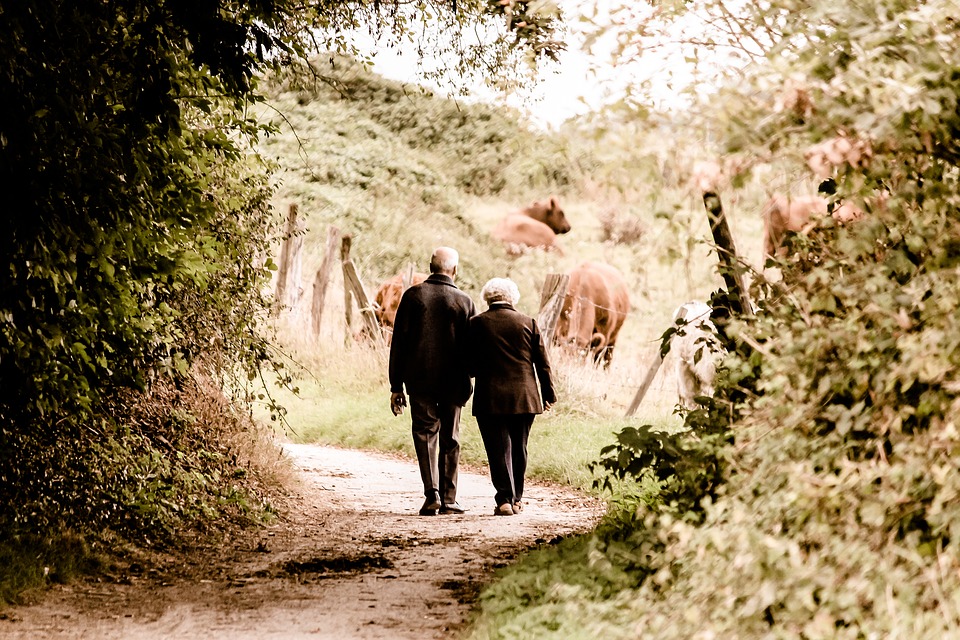“How can we ensure rural residents have choice, control and support to lead healthy, independent lives?”
.
We have one of the oldest populations in the country:
This had been predicted some two decades ago.
Back in the year 2000, concerns were growing about the trend of the elderly retiring to rural and small town areas – with a forecast for today’s situation being pretty accurate:

The migration of elderly people from cities to the coast is an increasing trend which will stretch the resources of small communities to the limit
When you look at a map of England in 2021, the most striking aspect is the migration of older people from cities to the coast. Although people have traditionally left urban areas for the countryside when they have finished their working lives, this trend is forecast to increase as people live longer and enjoy a greater affluence.
The map shows that over the next 20 years, rural areas will tend to have much older populations than urban areas. The main reason for this is migration. Young people tend to migrate to cities for economic opportunities and the urban lifestyle. Retired people tend to migrate to rural and coastal areas for the slower more relaxed pace and the natural beauty.
We must plan for elderly migration | Housing | The Guardian
Indeed, rural environments might not be the ‘best’ places to grow old gracefully, with this analysis from 2012:
Are urban environments best for an ageing population? | Guardian sustainable business | The Guardian
As understood by Public Health England in 2019:
This review provides evidence on the health inequalities experienced by older populations in coastal and rural areas
Health inequalities in ageing in rural and coastal areas – GOV.UK
This was followed up in turn by a report from Age Concern:
Ageing in coastal and rural communities | Age UK
The Rural Services Network has just put out its own report on the issues:
By 2040, over 40% of the UK population will be aged 50 years and over. Yet we are not ageing evenly – with one in three Local Authorities in rural and coastal Districts already having populations fitting this profile.
On the one hand, ageing is a life-long process and older people are key contributors to our workplaces, communities and society at large. On the other hand, an ageing population has significant implications for public services; with older people (in general) more likely to access services such as health, care, and pensions than their younger counterparts.
COVID-19 has seen urgent problems in social care become more acute. As part of pandemic recovery and future planning, Government is now paying increasing attention to improving services for older people. This includes the publication of the ‘People at the Heart of Care’ White Paper. What does ageing mean for rural communities – and what can be done to fix social care in rural places? Jessica Sellick investigates.